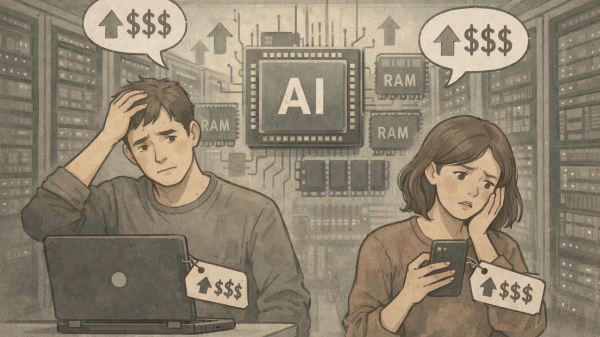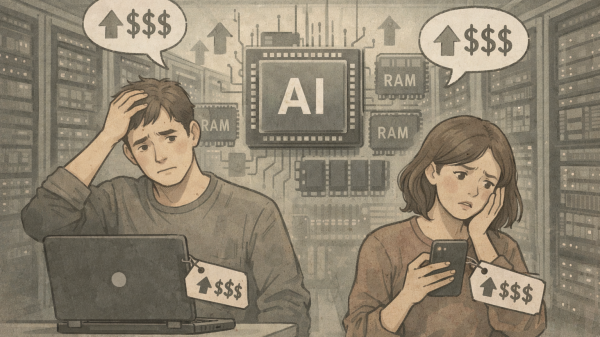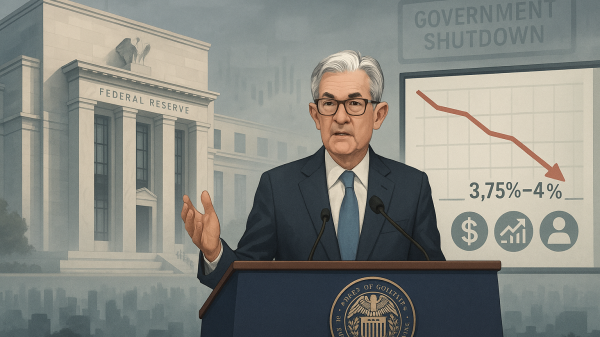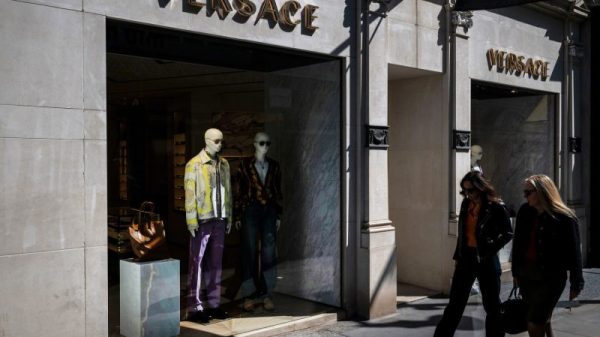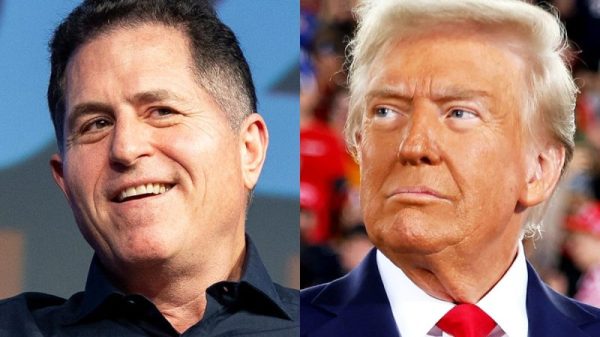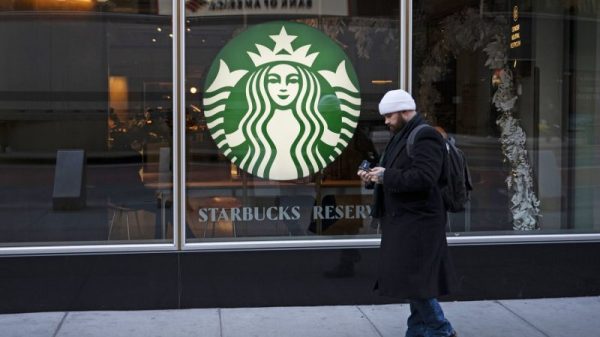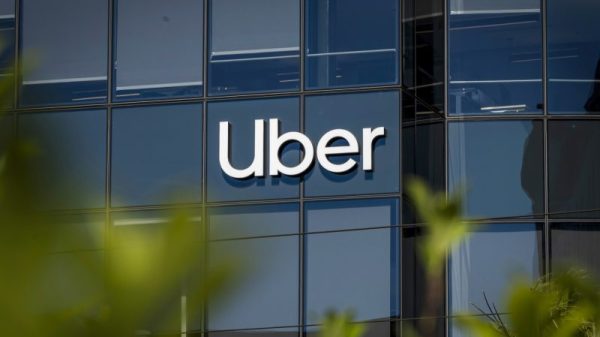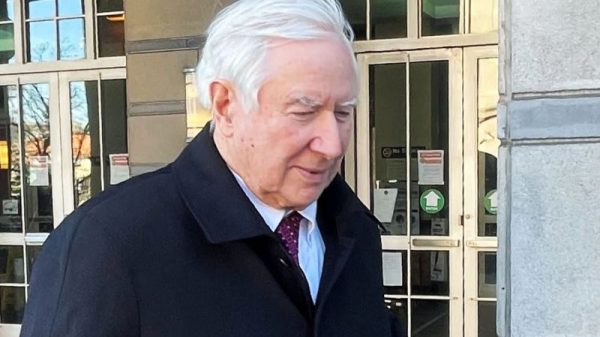All eyes are on the UK’s jobs market as Thursday’s upcoming figures are expected to determine the Bank of England’s next move on monetary easing, especially with headline inflation already at 3.6%.
The key question is whether Thursday’s upcoming jobs figures will be sufficiently negative to compel the Bank of England to accelerate its pace of monetary easing.
With headline inflation climbing to 3.6%, the latest figures indicate the Bank will likely proceed cautiously with rate cuts, ING Group said in an update.
Drivers of services inflation
Services inflation, a crucial metric for the Bank of England (BoE), remained at 4.7%, contrary to expectations of a decline.
On this occasion, the data does not appear to be driven by volatile or less relevant areas of the service sector, which has been the case frequently, ING said.
Meanwhile, having fallen at the same time last year, rail fares unexpectedly rose. Meanwhile, catering prices, which constitute a quarter of the services basket, have recently seen a slight acceleration in their rise.
This could be linked to the increase in National Insurance contributions for employers, alongside the substantial rise in the National Living Wage, according to ING.
“It is still worth saying that services inflation is being kept elevated in large part by regulated price increases or categories that are inherently backwards-looking,” James Smith, developed markets economist at ING, said in the report.
For instance, the 0.3 percentage point increase in overall services inflation can be attributed to April’s road tax hike.
Currently, rents contribute nearly a percentage point, but this contribution is expected to be reduced by almost half in the coming months.
Rental growth in the private sector is decelerating, whereas local authority and social housing rents are subject to much lower capped growth rates for the current year.
Outlook for rate cuts
“The fact that so much of the services basket is reset only once per year in April means services inflation will struggle to move significantly lower before next spring,” Smith said.
But by then, we think it will be much closer to 3% than 4%, and that’s something the Bank of England, we suspect, is well aware of.
Nevertheless, this most recent collection of data seems to establish a significantly high standard for any acceleration in the pace of interest rate reductions.
The circumstance that the overall inflation rate is gradually approaching the four percent mark does not contribute positively to this outlook, ING said.
Huw Pill, the Chief Economist at the Bank of England, has recently made reference to internal studies and investigations, which indicate that inflation tends to become more deeply embedded and persistent within the economy once the Consumer Price Index reaches these particular thresholds.
“We are more sceptical about that, at least in the current economic environment, not least because the jobs market is visibly deteriorating,” ING Group’s Smith added.
Thursday’s payroll data is crucial. If May’s surprisingly poor figures remain unrevised or June’s numbers are similarly low, it could prompt the Bank to reconsider its cautious stance on rate cuts.
For now, though, we expect “gradual” cuts in August and November.
The post UK inflation hits 3.6%; BoE expected to exercise caution on rate cuts, says ING appeared first on Invezz



